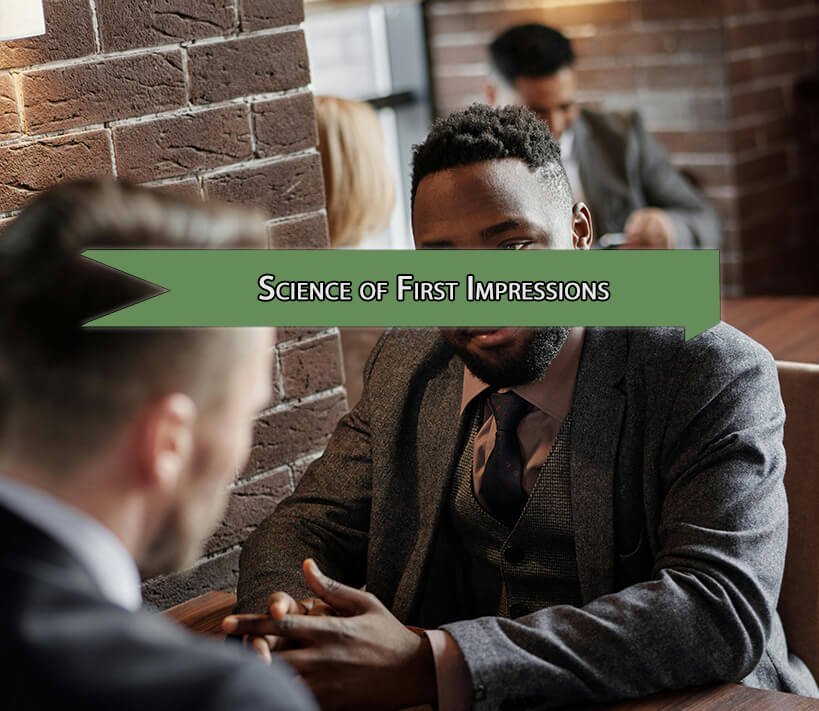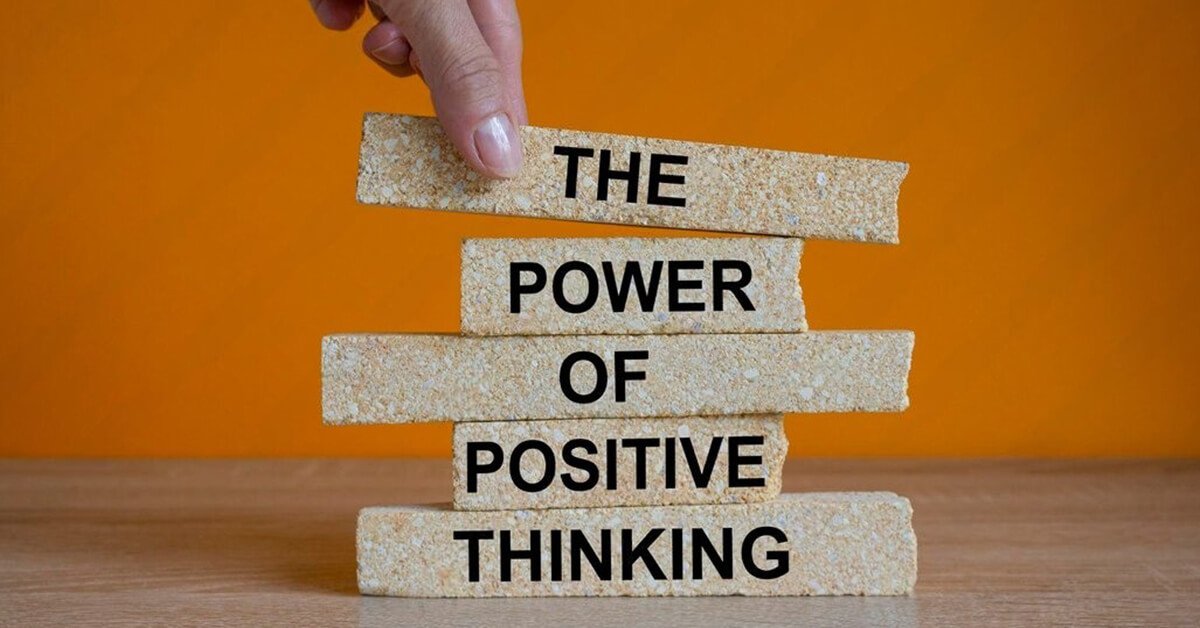Whether you meet someone for the first time at a wedding, in a job interview, or while saying hello in a coffee shop line, one thing is sure: people judge you. They do not do it harshly or cruelly, but naturally and automatically because their brains are wired that way. Even before you say your name, people start forming an opinion about you. Here where it gets even more surprising: it all happens within seconds. According to science, first impressions are formed almost instantly, and they tend to stick. But why does this happen? How can someone so quickly decide whether you seem friendly, intelligent, trustworthy, or confident?
It all comes down to what some psychologists refer to as your psychoaura, the invisible vibe or energy you radiate that others subconsciously pick up on. In this blog, we will talk about why first impressions matter, how the brain takes shortcuts to make quick judgments, whether first impressions are always accurate if it is possible to change a bad impression, and how to make a first impression that truly sticks, in a good way.
Why the First Impressions Matter More than You Think
Psychologists have discovered that people form an impression of others in as little as 7 seconds. Some studies suggest that it can happen in just one-tenth of a second, that is faster than you can blink twice. These impressions tend to stick, and this phenomenon is known as the primacy effect.
The primacy effect means that our brain gives disproportionate importance to the very first impression we receive about someone, even if it is based on incompetence or inaccuracy. If someone appears confident, kind, or competent in that tiny window of time, our brain locks onto that impression, and any future information we receive about that person gets filtered through that initial lens.
The Brain Shortcut to Judgment
Your brain is a brilliant machine, but it is also a little lazy because it loves shortcuts. First Impressions are mental shortcuts known as heuristics, a quick way to evaluate people or situations without having all the information. When you meet someone for the first time, your brain scans for specific signals.
- Facial expressions: A smile signals safety and warmth, while a frown can instantly raise red flags.
- Posture: Standing tall often gets ready as confidence. Slouching may be seen as insecurity or indifference.
- Voice tone: Even before processing what someone says, our brain processes how they say it, energy, volume, pacing, and tone play crucial roles.
- Grooming and Clothing: Believe it or not, what you wear influences how people perceive your competence, trustworthiness, and attention to detail.
Is Impression Always Accurate?
Surprisingly, first impressions can be accurate, but also misleading. People are often able to correctly detect confidence, extroversion, and even certain personality traits. However, face First Impressionstors like cultural biases, mood, or stereotypes can easily skew judgment. For example, someone might misread shyness as arrogance or mistake warmth for weakness. This duality makes first impressions powerful, and dangerous.
Can you Change Bad First Impressions?
Yes, absolutely, but it is not easy. Once someone forms an early opinion, changing that impression takes time, consistency, and effort. Neuroscience shows that the brain clings to first impressions, a tendency called confirmation bias, where people notice only the information that supports their existing beliefs. To rewrite a bad impression, you must repeatedly surprise the other person through consistent behavior that challenges their assumptions. In doing so, you force the brain to rewrite a code it has already stored in memory
How to Make First Impressions That Stick
- To make a good impression, you need to be present and an active listener because people notice how much attention you are giving when they are talking.
- Project warmth and competence, as these are two universally appreciated traits.
- Ask thoughtful questions, this shows curiosity and emotional intelligence, indicating you are genuinely trying to understand them.
- Smile, it is a universal sign of welcome. It sends the message that you are happy to see them and enjoy talking to them, which helps create a positive impression.
- Mirroring body language also builds unconscious trust.
Conclusion
First Impressions may seem like small moments, but their impact is anything but small. Those first few seconds when someone meets you, the look in your eyes, the tone of your voice, your posture, your presence, speak louder than your words. Whether it is your psychoaura, your smile, or your ability to make others feel heard, these subtle signals shape how people see you, often for a long time.
Understanding the science behind first impressions helps you take control of that moment instead of leaving it to chance. While you can not always avoid being misunderstood, you can increase your chances of being remembered for the right reasons, by showing warmth, confidence, and genuine interest in others. You do not need to perform or impress. You just need to be aware, intentional, and honest. Because often, it is not what you say but how you make someone feel in those first few moments that becomes your lasting signature.




